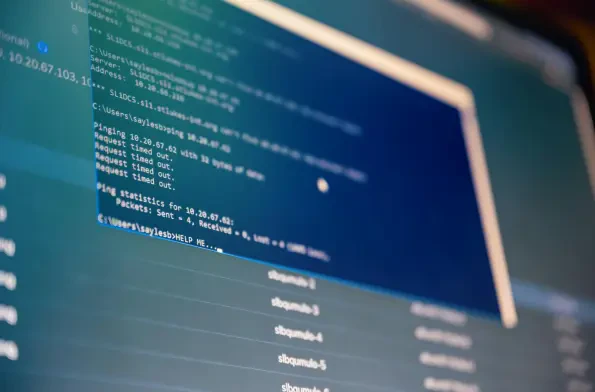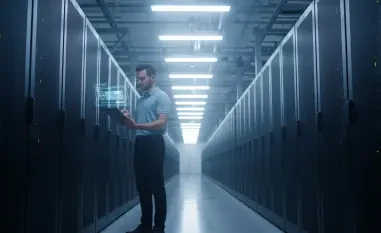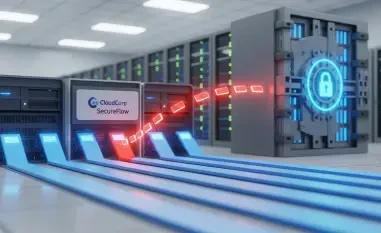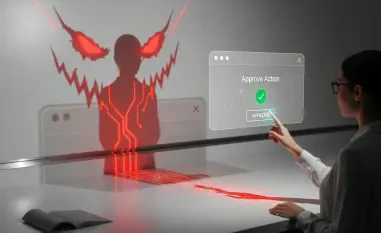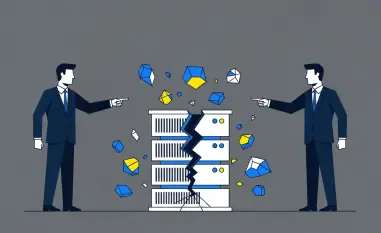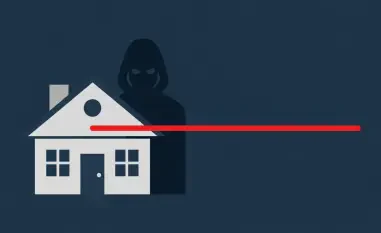I’m thrilled to sit down with Malik Haidar, a renowned cybersecurity expert whose career has been defined by his relentless fight against digital threats within multinational corporations. With a deep background in analytics, intelligence, and security, Malik has a unique ability to blend business perspectives with cutting-edge cybersecurity strategies. Today, we’re diving into the evolving world of Security Operations Centers (SOCs) and the transformative potential of continuous exposure management. Our conversation explores the challenges of alert fatigue, the limitations of traditional tools, and how a proactive approach to managing exposures can revolutionize SOC workflows.
Can you walk us through the biggest challenges SOCs face today with alert overload and false positives?
Absolutely. SOCs are drowning in alerts—thousands daily, sometimes more. Analysts are constantly triaging, but a huge chunk of these alerts turn out to be false positives or benign noise. This volume creates a real burden, pulling focus away from genuine threats. It’s mentally exhausting for analysts, leading to burnout and sometimes missing critical signals because they’re buried under irrelevant data. The frustration comes from spending hours chasing dead ends, tweaking rules reactively, and not having enough time to dig into what really matters.
How does the lack of context in traditional security tools impact SOC operations?
Traditional tools often operate in silos, focusing on specific signatures or behaviors without understanding the broader environment. Without context—like knowing an asset’s criticality to the business or its network connections—analysts can’t quickly assess if an alert is a real threat. This gap means they’re often guessing or manually piecing together information, which slows down response times and increases the risk of overlooking something dangerous. It’s like trying to solve a puzzle with half the pieces missing.
Can you share an example of how missing context has led to a delayed or missed threat detection?
Sure. I’ve seen cases where a low-severity alert popped up on a seemingly unimportant server, so it was deprioritized. Without context, the team didn’t realize this server had outdated software and was connected to a critical database. An attacker exploited that weak link to move laterally, and by the time the breach was detected, sensitive data was already compromised. If the tool had provided environmental context upfront, the team could have acted sooner and potentially stopped the attack in its tracks.
How do sophisticated attackers take advantage of the blind spots in traditional security tools?
Attackers today are incredibly crafty. They don’t rely on a single exploit or vulnerability; instead, they chain together multiple exposures—think unpatched systems, misconfigurations, or over-privileged accounts—to create a path through the network. Traditional tools might catch one piece of this chain, like a specific malware signature, but they miss the bigger picture. Attackers use evasion techniques and widely available bypass kits to stay under the radar, making it tough for SOC teams to connect the dots without a holistic view of the attack surface.
What is continuous exposure management, and how does it stand apart from traditional security approaches?
Continuous exposure management is about proactively identifying and addressing risks across the entire attack surface before they’re exploited. Unlike traditional approaches that react to alerts after something’s already triggered, this method focuses on understanding vulnerabilities, misconfigurations, and attack paths in real time. It gives SOC teams a wider lens to see how exposures interconnect and prioritizes what’s most critical to the business, shifting the mindset from firefighting to prevention.
How does integrating exposure management into SOC workflows look in a practical, day-to-day setting?
In practice, it’s about embedding exposure intelligence directly into the tools analysts already use, like SIEMs or EDRs. For instance, when an alert fires, analysts don’t just see the event—they get immediate data on the affected asset’s risk posture, its connections, and whether it’s part of a known attack path. This integration means they’re not starting from scratch with every alert; they’ve got actionable context right at their fingertips, streamlining triage and decision-making throughout their day.
In what ways does continuous exposure management enhance alert triage for SOC analysts?
It transforms triage by cutting through the noise. Instead of relying on generic severity scores, analysts get environment-specific risk context—details like the asset’s business importance or if it’s tied to a critical system. This helps them instantly prioritize alerts that pose real danger and de-emphasize low-risk or benign ones. The result is less time wasted on irrelevant alerts and faster focus on what could actually hurt the organization.
Can you explain the role of exposure management in the investigation phase of a security incident?
During investigations, exposure management is a game-changer. It provides attack path analysis, showing analysts exactly how a threat could unfold—where it started, where it could go, and what systems are at risk. This helps map out the potential blast radius and pinpoint root causes, like a specific misconfiguration or unpatched vulnerability. By visualizing these complex attack chains, analysts can understand the full scope of an incident and focus their efforts on the most critical choke points.
What’s your forecast for the future of SOC operations with the rise of continuous exposure management?
I believe the future of SOC operations will pivot away from just handling more alerts faster and toward preventing the conditions that create alerts in the first place. Continuous exposure management is key to this shift—it equips teams with the environmental awareness to turn generic tools into precise, targeted defenses. As threats grow more sophisticated, SOCs that adopt this proactive approach will stay ahead, shaping the battlefield by eliminating exposures early and building custom capabilities tailored to their unique risks. Those who don’t will likely remain stuck in a reactive cycle, always playing catch-up.
